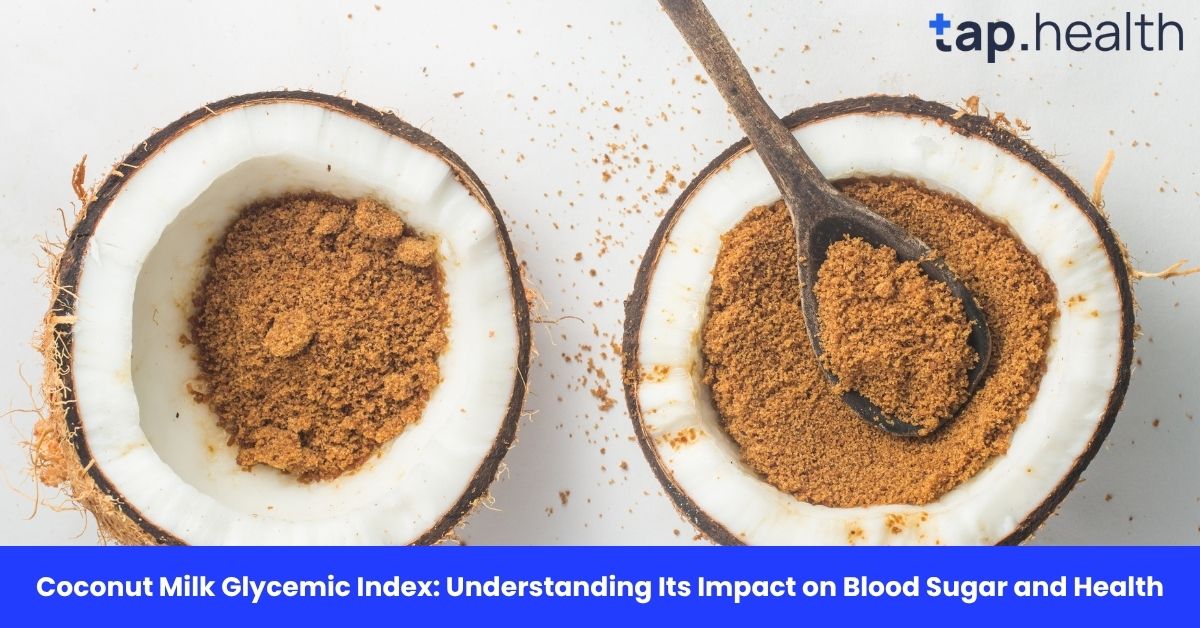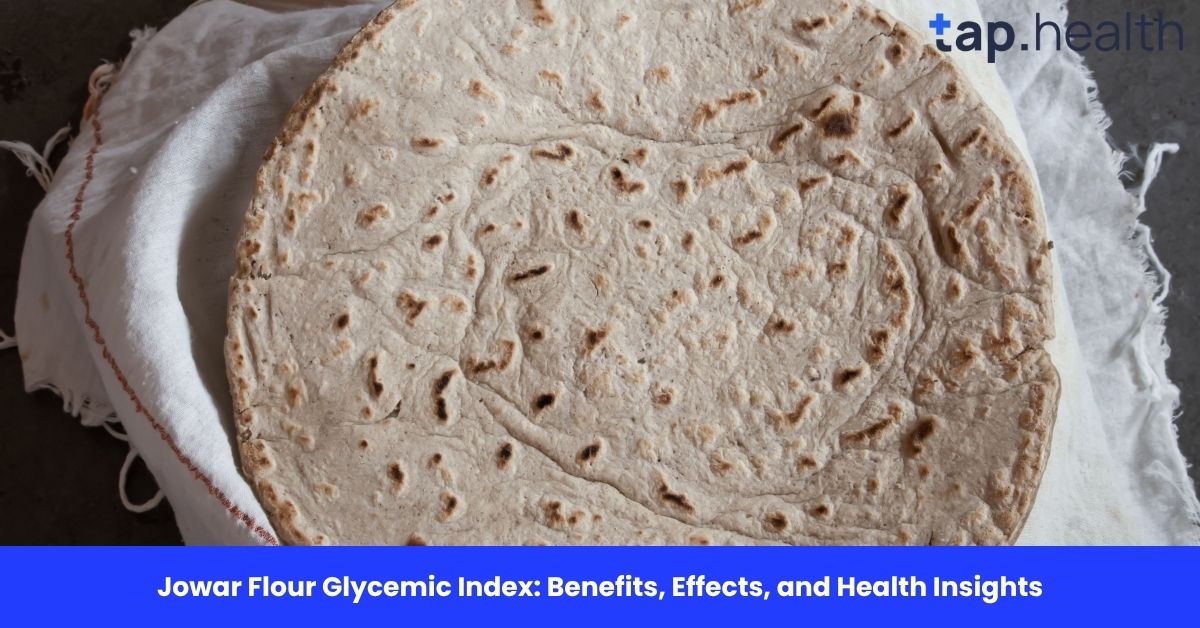Diabetes mellitus is one of the most significant global public health challenges of the 21st century. It is a chronic metabolic disorder that affects millions worldwide, leading to serious health complications, disability, and premature death if not properly managed.
According to the World Health Organization (WHO), diabetes is a chronic disease that occurs either when the pancreas does not produce enough insulin or when the body cannot effectively use the insulin it produces. Insulin is a hormone that regulates blood glucose. A lack of effective insulin action leads to elevated levels of glucose in the blood, also known as hyperglycemia.
The WHO’s definition of diabetes is not just a clinical label—it guides global diagnosis, treatment, monitoring, prevention, and public health policy.
WHO Official Definition of Diabetes
As per WHO:
“Diabetes mellitus is a chronic disease characterized by elevated levels of blood glucose (hyperglycemia), which over time leads to serious damage to the heart, blood vessels, eyes, kidneys, and nerves.”
This definition reflects both the biological mechanism and the long-term impact of diabetes on human health. Importantly, the WHO recognizes diabetes as a global threat requiring coordinated public health strategies.
Classification of Diabetes (WHO Framework)
WHO classifies diabetes into four major types:
1. Type 1 Diabetes Mellitus
- Nature: Autoimmune destruction of insulin-producing beta cells in the pancreas.
- Cause: The exact cause is unknown, but it involves a combination of genetic and environmental factors.
- Onset: Often develops in childhood or adolescence, but can occur at any age.
- Dependency: Individuals require lifelong exogenous insulin therapy.
- Symptoms: Sudden onset of excessive thirst, frequent urination, weight loss, fatigue, and sometimes diabetic ketoacidosis.
2. Type 2 Diabetes Mellitus
- Nature: Characterized by insulin resistance and relative insulin deficiency.
- Cause: Strongly associated with genetic factors, obesity, physical inactivity, and poor diet.
- Onset: More common in adults, but increasingly seen in younger populations due to lifestyle factors.
- Management: Managed through diet, exercise, oral hypoglycemics, and sometimes insulin.
- Course: Often develops gradually and may go undetected for years.
3. Gestational Diabetes Mellitus (GDM)
- Definition: Diabetes diagnosed for the first time during pregnancy.
- Cause: Pregnancy-related hormonal changes that affect insulin sensitivity.
- Risks: Higher risk of complications during pregnancy and delivery. Both mother and child are at increased risk of developing type 2 diabetes later in life.
- Resolution: Often resolves postpartum but requires monitoring.
4. Other Specific Types
- Includes monogenic diabetes syndromes, diseases of the exocrine pancreas, and drug- or chemical-induced diabetes (e.g., steroids, anti-HIV drugs).
WHO Emphasis on Hyperglycemia
Hyperglycemia is the central biochemical feature of all forms of diabetes. According to WHO:
- Chronic hyperglycemia is associated with long-term damage to various organs.
- Even intermediate elevations of blood glucose (as seen in prediabetes) are risk factors for cardiovascular disease.
The WHO supports early detection and sustained glucose control to reduce long-term risks.
Global Burden of Diabetes (WHO Statistics)
- Over 422 million adults live with diabetes globally (as of 2021).
- Diabetes is directly responsible for 1.5 million deaths annually.
- The prevalence has risen faster in low- and middle-income countries than in high-income ones.
- The majority of cases (~90%) are type 2 diabetes, which is largely preventable.
This data underscores the urgent need for international and national public health responses.
WHO Recommendations on Prevention and Management
Prevention
For type 2 diabetes, prevention strategies supported by WHO include:
- Healthy eating: Emphasis on low sugar, high-fiber diets.
- Physical activity: At least 150 minutes of moderate activity weekly.
- Weight management: Maintaining a healthy BMI reduces risk.
- Public education: Community-wide awareness programs on diabetes risk factors.
Management
WHO advocates a multi-disciplinary approach involving:
- Regular monitoring of blood glucose and HbA1c
- Patient education on self-care and lifestyle changes
- Medication including oral hypoglycemic agents and insulin
- Screening for complications like nephropathy, retinopathy, and neuropathy
- Access to affordable medicines and devices
WHO also promotes universal health coverage to ensure all people with diabetes have access to essential care.
WHO Diagnosis Criteria Summary
WHO uses specific blood glucose thresholds for diagnosis, including:
- Fasting plasma glucose (FPG): ≥ 7.0 mmol/L (126 mg/dL)
- 2-hour plasma glucose (OGTT): ≥ 11.1 mmol/L (200 mg/dL)
- HbA1c: ≥ 6.5% (48 mmol/mol)
- Random plasma glucose: ≥ 11.1 mmol/L with symptoms
For a full breakdown, refer to WHO’s diagnostic criteria guidelines (2019).
Long-term Impact of Diabetes (According to WHO)
Without proper control, diabetes can lead to:
- Cardiovascular disease (leading cause of death in diabetics)
- Kidney failure (diabetic nephropathy)
- Vision loss (diabetic retinopathy)
- Nerve damage (peripheral neuropathy)
- Lower limb amputation
WHO emphasizes the importance of integrated care systems, especially in primary care, to prevent these complications.
Role of WHO in Global Diabetes Control
Diabetes is one of the fastest-growing health challenges in the world. To address this, the World Health Organization (WHO) launched the Global Diabetes Compact in 2021—a global initiative to reduce the burden of diabetes and improve the lives of people living with the condition.
The Compact sets a vision where all people at risk of or living with diabetes have access to affordable care, medicines, and support.
How WHO Supports Global Diabetes Control
WHO works closely with countries across the globe to strengthen diabetes prevention and care through several key actions:
1. Integrating Diabetes into Primary Health Care
WHO helps governments include diabetes screening, diagnosis, and treatment as part of basic healthcare services. This ensures early detection and management at the community level, reducing complications.
2. Improving Access to Insulin
Since insulin is life-saving but often expensive or unavailable in low- and middle-income countries, WHO is working to:
- Increase affordable supply
- Support generic production
- Promote fair pricing so that more people can access treatment
3. Strengthening Data and Surveillance
WHO supports countries in collecting reliable health data on diabetes trends, risk factors, and treatment outcomes. This helps design better policies, allocate resources efficiently, and track progress.
4. Enhancing Patient Education and Self-Management
Education is vital for controlling diabetes. WHO works with healthcare providers and communities to:
- Raise awareness of diabetes symptoms and risks
- Provide guidance on diet, exercise, and lifestyle
- Encourage self-monitoring and long-term management
Key Takeaway
The WHO’s Global Diabetes Compact represents a strong commitment to reducing the global burden of diabetes. By improving access to medicines like insulin, strengthening healthcare systems, and empowering patients, WHO is helping millions worldwide live healthier lives while preventing future cases.
Frequently Asked Questions (FAQ) ON WHO Definition of Diabetes | Complete Guide
What is the WHO’s definition of diabetes?
According to WHO, diabetes is a chronic disease where the body cannot produce enough insulin or cannot use insulin effectively, leading to elevated blood glucose levels.
How many types of diabetes does WHO recognize?
WHO classifies diabetes into four major types: Type 1, Type 2, Gestational Diabetes, and other specific types (including genetic forms and drug-induced diabetes).
Is diabetes preventable?
Type 1 diabetes is not preventable. However, WHO states that most cases of type 2 diabetes can be prevented or delayed through diet, exercise, and healthy living.
How is diabetes diagnosed according to WHO?
WHO endorses diagnosis using fasting plasma glucose, 2-hour OGTT, HbA1c, or random glucose in symptomatic individuals.
What is the WHO’s role in combating diabetes?
WHO provides global leadership in setting standards, promoting research, guiding public policy, and improving access to affordable care and medications.



